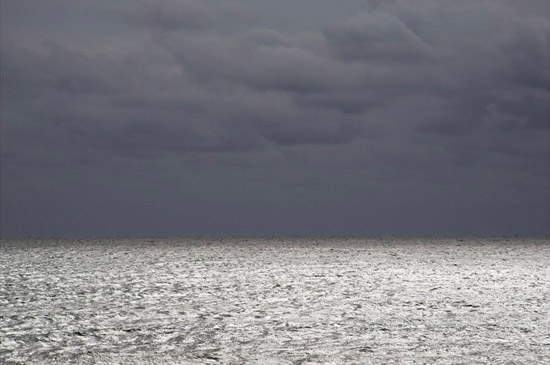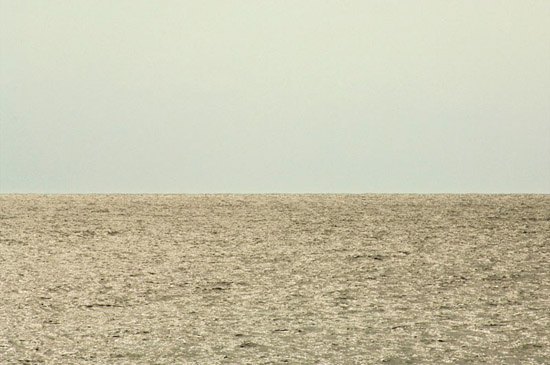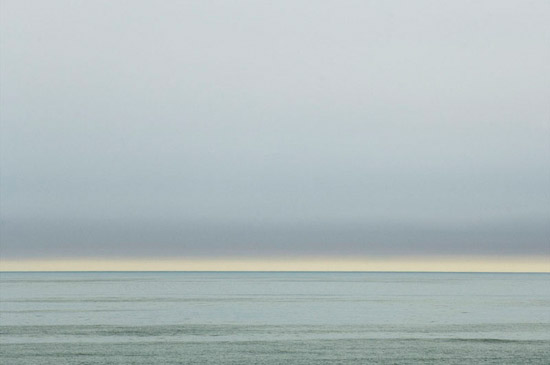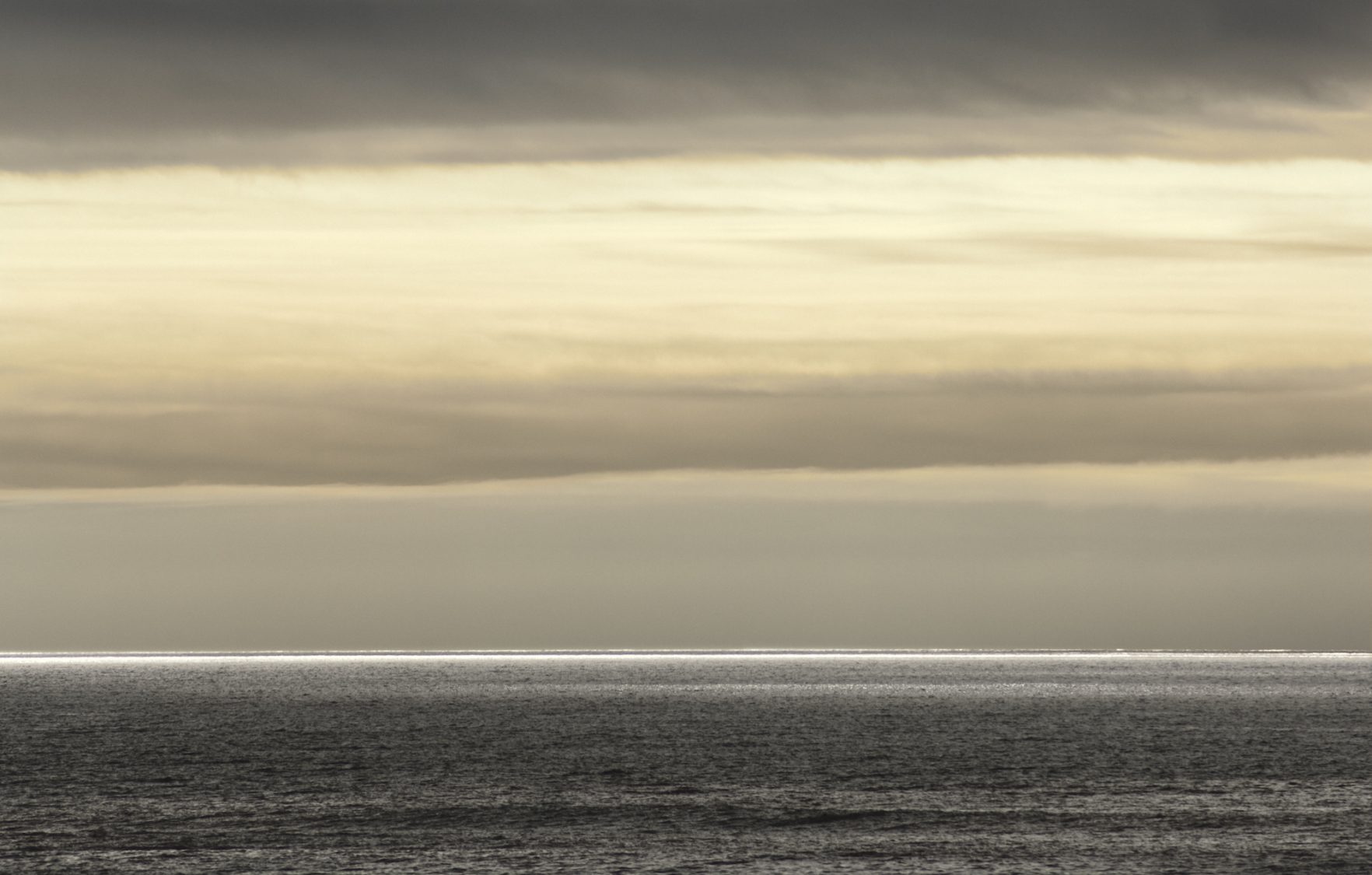What is it like to do nothing? I mean, really do nothing, nothing at all—no recalling what has happened, no imagining what might happen, no reflecting on what is happening, no analyzing or explaining or controlling what you experience. Nothing!
Paradoxically, such radical acceptance opens a way of living that we could hardly have imagined.
Years ago, I attended a three-week retreat in Colorado. I had done many retreats, including seven years in France during which I had no communication with the outside world. There the days were full. We started meditation sessions well before sunrise and ended late in the evening. We had daily and weekly rituals and much preparatory work and cleanup. We practiced different meditation methods, with set periods for practice, set periods for study, and a set number of days on each method. With so much to do and to learn, there was no free time.
This retreat was different. The only meditation instruction was “Do nothing.” “That’s it?” I thought. “I came here to do nothing for three weeks?” We met for meals, one teaching session in the morning, and one group practice session in the evening. We had a meditation interview every few days. The rest of the time was our own. Email, cell phone, text messages, all the usual means of communication weren’t available. With no practices to learn, no commentaries to study, no preparations for rituals, I had quite literally nothing to do except sit, lie down, or go for a walk.
My cabin was on a hillside that looked over a magnificent view of tree-covered hills, with a range of mountains just visible on the horizon. The silence was highlighted by the songs of birds, the wind in the trees, rain and thunderstorms, and the grunts, scuffles, or calls of animals in the dark. Every day the sun rose, crossed the sky, and set, with the moon and stars dancing in the night.
“What a relief,” I thought, “plenty of time to rest and practice.” But I soon found that doing absolutely nothing, not even entertaining myself, wasn’t so easy.

Ajahn Chah, one of the great Thai teachers of the 20th century, gave the following practice instruction:
Put a chair in the middle of a room.
Sit in the chair.
See who comes to visit.
One has to be careful with such instructions. I once gave this to a woman who came to see me and was surprised to learn that she put a chair in the center of her living room, sat in it, and waited for people to visit. When nobody knocked on her door, she decided that meditation wasn’t for her. Ajahn Chah was, of course, speaking poetically. Nevertheless, in some sense, all of us are like this woman, waiting for something to happen.
No shortage of visitors for me! Relief, peace, a deep sense of relaxation, joy, and happiness all paid their respects. “Good,” I thought. “All this will deepen, and wisdom or insight will come.” After all, I had read in many texts that as the mind rests, it naturally becomes clear.
Instead, the visitors continued, but with a difference. The more deeply I relaxed, the more I became aware of stuff inside me, stuff stored in rusting boxes in mildewed basements. Along came memories, pleasant and unpleasant, stories about my life, old desires, boredom, and a sense of futility. I kept pushing these visitors away, or analyzing them, trying to understand them so I could be free of them. I was back in the old struggle, trying to control my experience. The visitors became more disturbing, more demanding of attention. Some harbored hatred and a desire for revenge. Others cried with unfulfilled longing and yearning. Still others drugged me into a dull lethargy. They had no awareness of the beauty and peace around me. I began to lose hope that I would achieve anything in this retreat.
Hope is the one quality left in Pandora’s box, and it is not clear whether it is a blessing or a curse. T. S. Eliot, in Four Quartets, writes:
I said to my soul, be still, and wait without hope
For hope would be hope for the wrong thing; wait without love
For love would be love of the wrong thing; there is yet faith
But the faith and the love and the hope are all in the waiting.
Wait without hope? The prospect seemed unimaginable. A chill crept down my spine, and I found myself slipping into hope’s counterpart, fear. Was I going to sit on the side of this mountain and have nothing to show for it? A consistent theme in the many texts I had read and translated was “No hope, no fear.” I had never thought of applying that instruction to my concern about achievement.
For most of us, the demands of each day keep us busy. Hope and fear come as reactions to specific situations—rumors about possible promotions or layoffs, our child’s first competition or performance, illness in a parent, and so on. The deeper hopes and fears remain, untended, forgotten perhaps, but there all the same. Again, from Four Quartets:
And the ragged rock in the restless waters,
Waves wash over it, fogs conceal it;
On a halcyon day it is merely a monument,
In navigable weather it is always a seamark
To lay a course by: but in the sombre season
Or the sudden fury, is what it always was.
One of my ragged rocks was hope for achievement. I feared an acute disappointment if, at the end of the retreat, all I had done was sit on a mountain and contemplate my navel. Slowly, I realized that to do nothing meant I had to let go of deeply cherished beliefs that I was just beginning to sense, the belief, for instance, that I had to achieve something.
Most of us are quite happy to do nothing for a few minutes, perhaps an hour or two, or, if we have had a particularly demanding stretch, for a day or two, a few days at the most. But to do nothing, to produce nothing, to achieve nothing for a month, a year, six years or more, is quite a different kettle of fish.
I thought of my own teacher, who had spent years in mountain retreats in Tibet. As he had told me himself, he would quite happily have stayed in the mountains, but his teacher had demanded (in the strongest terms possible) that he return to the monastery and teach training retreats. What was it like, I wondered, to be at peace with doing nothing day after day, month after month, year after year?
Then I thought about Longchenpa, the 14th-century teacher, whose text was the basis for this retreat. He had spent fourteen years in a cave near Lhasa. What had it been like for him to sit day after day doing nothing?
The depth to which these teachers, and many others like them, had let go of any concern with success or failure was like a knife in my heart. Here I was, practicing for a mere three weeks, worrying about whether I was going to achieve anything. Only now did I appreciate what letting go of hope, ambition, or achievement meant, and I found myself feeling a quite different kind of respect and appreciation for these teachers.

The classical texts have relatively little to say about the emotional turmoil that intensive practice often uncovers. Here too, these lines from Eliot apply, even though he was writing about old age:
…the rending pain of re-enactment
Of all that you have done, and been; the shame
Of motives late revealed, and the awareness
Of things ill done and done to others’ harm
Which once you took for exercise of virtue.
Then fools’ approval stings, and honour stains.
From wrong to wrong the exasperated spirit
Proceeds, unless restored by that refining fire
Where you must move in measure, like a dancer.
From the beginning of the retreat, space surrounded and permeated my experience, but I had been unable to relate to it. I had been completely caught up in trying to control my experience. Now I stopped ignoring it and just stared into space. My relationship with the emotional turmoil changed, subtly.
Space, I realized, has many dimensions. In front of me was the vast space of the sky. It didn’t depend on anything, and nothing depended on it. I watched the play of light and colors as the day passed. When the sun set and the sky lit up with shades of rose and yellow and blue, the space that let me see the sunset didn’t take on any color, yet it was not something apart. At night, it became an empty blackness, punctuated by a thousand points of light, but the panorama of stars was not separate from space. Likewise, thoughts, feelings, and sensations are not different from the space that is mind.
Silence is another kind of space. When everything is quiet and suddenly there is a noise, we ordinarily say the silence was shattered. But it’s more accurate to say that we forget the silence and listen only to the sound. I started to listen to the silence, around me and inside me.
Time is another dimension. Kant once said that time is the medium in which we perceive thoughts, just as space is the medium in which we perceive objects. Hopes and fears, projections into the future, regrets and joys are all thoughts that come and go in time. Because there was nothing to do with any of them, I began to experience them as comings and goings, like the mists that rose from the ground in the early morning, only to vanish as the day progressed. Some days, what arose was more of a thunderstorm, but, like the thunderstorms in the mountains, the turmoil came and went on its own, leaving the space as it was before and the ground and trees refreshed and rich with life.
I became aware of another dimension, an infinite internal space that had to do with my ability to experience my body. This dimension had more the quality of depth: it seemed to go down forever. There was no bottom. There was no me there. It was like looking into a bottomless abyss, except that sometimes I became the abyss. Years later, when I was discussing this experience with an aging teacher, he used the Tibetan phrase zhi me tsa tral, or “No ground, no root.”
Two young boys were playing together. One asked the other, “We stand on the ground and the ground holds us up. What does the ground stand on?” “Oh, my father explained that to me,” the second boy said. “The ground is supported by four giant elephants.” “What do the elephants stand on, then?” “They stand on the shell of a huge turtle.” “What does the turtle stand on?” The second boy thought for a long time and then said, “I think it’s turtles all the way down.”
Like the woman in the chair who waited for someone to knock on her door, I had been waiting for something to happen, some experience or insight that would make sense of everything, put all the ghosts to rest and silence the “thousand voices in the night.” For decades, I had held the belief deeply embedded in our culture: Ye shall know the truth, and the truth shall make you free.
“You have to be kidding,” I thought. “I have to let go of belief in truth?” Slowly, it was becoming clear to me that there is no truth out there—or in there, for that matter. There is only the way we experience things. To let go of this belief required a very different effort. Again, from Eliot:
Wait without thought, for you are not ready for thought:
So the darkness shall be the light, and the stillness the
dancing.
Here is where faith and devotion come into the picture. Devotion, whether to a tradition, a practice, a teacher, or an ideal, is the fuel for faith. I had practiced with devotion before, in the form of guru yoga, or union with the teacher. It’s a powerful practice, greatly valued in the Tibetan tradition, where there are numerous prayers with titles such as “Devotion Pierces the Heart.” The teacher at this retreat exemplified this. He felt such devotion for his own teacher that he could not talk about him without crying.
Faith and devotion do not come easily to me. Now, here, at this retreat, I felt a different kind of devotion for my teachers, and with that understood that there was nothing to do but to experience whatever came through the door.

We have a choice between two very different ways to meet what arises in experience.
The first is to rely on explanation. We interpret our experiences in life according to a set of deeply held assumptions. We may or may not be conscious of the assumptions, but they are there. Even when we explore our experience, we are usually looking for evidence that supports or confirms them. These assumptions are never questioned. They are taken as fundamental. A self-reinforcing dynamic develops that results in a closed system in which everything is explained, the mystery of life is dismissed, new ideas, perspectives, or approaches to life cannot enter and certain questions can never be asked. This I call belief.
The other way is to open and be willing to receive, not control, whatever arises—that is, not only allow but embrace every sensation, feeling, and thought, everything we experience. In this approach, we allow our experience to challenge our assumptions. Here, there are no fundamental or eternal truths, and some things cannot be explained; they can only be experienced. This willingness to open to whatever arises internally or externally I call faith.
This being human is a guest house.
Every morning a new arrival.A joy, a depression, a meanness,
some momentary awareness comes
as an unexpected visitor.Welcome and entertain them all!
—Rumi
Early in the retreat, when difficult experiences arose, I would analyze them, trying to understand what had happened and why. I thought this would help to resolve them and then I wouldn’t have to be bothered by them. Sometimes I would be completely swallowed by emotions and sensations and only come to my senses a few minutes—or a few hours—later. Frequently, I just couldn’t face what was arising. I shut it down, or went for a walk. In short, if what arose didn’t fit my picture of what I wanted or needed, I would start doing something.
Gradually, I learned just to stare into space, in any of its dimensions—the sky, the silence, time, or the infinite depth in my own body. I recognized that the only way I could do nothing was, well, to do nothing. I had to receive whatever arose, experience it, and not do anything with it. I needed faith to experience powerful feelings of loneliness, worthlessness, despair, or shame, because I often felt I would die in the process. I recalled how many times my teacher had said this, albeit in different words: “Rest in just recognizing.” But no one had said that “just recognizing” might lead to pain so intense that I wouldn’t wish it on my worst enemy. And I came to appreciate that all my efforts in previous practice had built the capacity so that I could now rest and just recognize.
When I did open to everything, there was no opposition— there was no enemy. I didn’t have to struggle with experience. At the same time, there was no truth, no state of perfection, no ideal, no final achievement. Years later, in a conversation I had with another teacher about this experience, he said, “Don’t worry about truth. Just develop devotion so strongly that thinking stops, and rest right there.”
Any concept of higher truth creates hierarchy, and with that, authority, boundaries, dualism, and opposition. What various religious traditions, including Buddhism, call truth is better described as a way of experiencing things. Such phrases as “All experience is empty” or “Everything is an illusion” are better viewed as descriptions of experiences: stories, in effect, not statements about reality.
What, then, do we make of all the teachings of various spiritual traditions and other forms of human knowledge? For me, God, karma, rebirth, emptiness, brahman, atman, heaven, hell, all of these are stories that people use to understand, explain, or give direction to their lives. The same holds for scientific views, astronomy, biology, quantum mechanics, or neurology. If we wish to be free of suffering, to be free of struggle, then the way to look at experience is to know “There is no enemy” and stop opposing what arises in experience. Is it difficult and challenging? Yes, but it’s possible. And the way to learn to do that is to simply do nothing.
“How strange!” I thought, as the retreat came to a close, “Who would have thought you could find a way of freedom simply by doing nothing?”
Thank you for subscribing to Tricycle! As a nonprofit, we depend on readers like you to keep Buddhist teachings and practices widely available.
